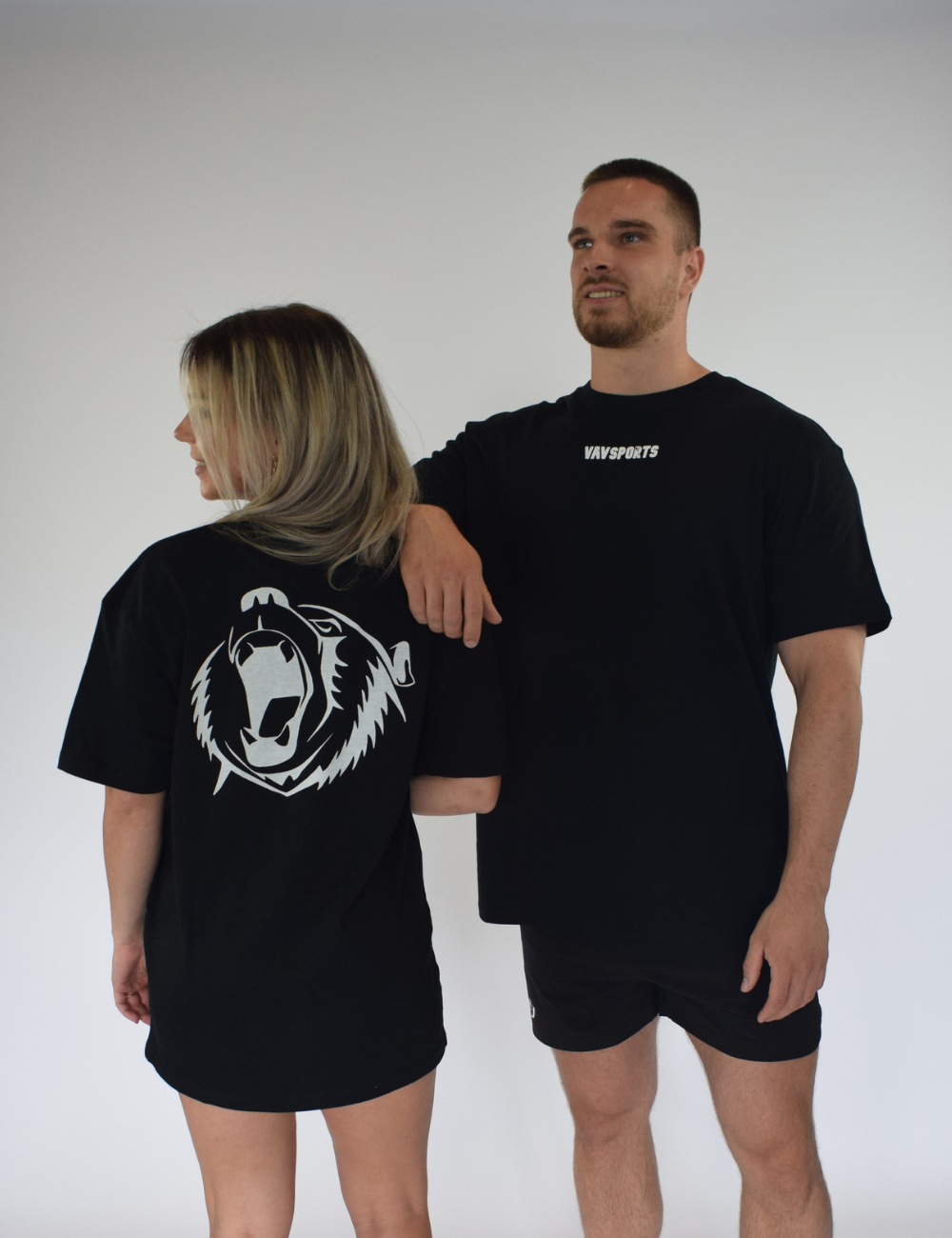What is Cotton?
Cotton is one of the most popular fabrics in the world and is often used in clothing. It is a natural fiber produced by the cotton plant, a member of the Malvaceae family. This plant grows best in warm, moist areas with a long, dry summer.
Cotton is a breathable fabric, which means it absorbs and expels moisture, making it comfortable to wear. It is also strong and durable, meaning it can last a long time if cared for properly. Cotton is also easy to care for and can be washed and dried with most household machines. This makes it a popular choice for clothing, especially during the hot summer months.
There are many different types of cotton, each with their own unique properties. Some varieties are softer and finer than others, while others are firmer and more durable. Cotton is often mixed with other fabrics, such as polyester, to obtain specific properties. For example, cotton-polyester blend fabrics are often sturdier and hold their shape better than 100% cotton, meaning they are suitable for making garments that need more structure, such as shirts and blazers.
One of the biggest advantages of cotton for clothing is that it is biodegradable. This means that after use it can be easily composted or returned to the soil, rather than ending up in landfills. This makes cotton a sustainable choice for clothing and other products.
However, there are also disadvantages to using cotton in clothing. First, it is a water-intensive product to produce, meaning it requires a lot of water to grow and process. This can lead to water excess and pollution in some areas. In addition, the use of toxic pesticides and herbicides in cotton production can lead to environmental damage and health problems for workers and local communities.
For these reasons, it is important to choose sustainable cotton sources when buying cotton clothing. There are various labels that indicate that the cotton has been produced sustainably, such as organic cotton, Fair Trade cotton and GOTS certified cotton (Global Organic Textile Standard). These labels guarantee that the cotton has been produced without the use of toxic pesticides and herbicides and that the workers have fair working conditions.
It is also important to remember that choosing high-quality cotton clothing can make your clothes last longer. This can help to reduce the amount of clothing we throw away and lessen the burden on the environment. By taking good care of your clothing and washing it according to the care label instructions, you can extend the life of your cotton clothing.
In summary, cotton is a popular and versatile fabric that is often used in clothing. It is breathable, strong and durable, but it is also important to choose sustainable sources and to ensure that cotton clothing is properly maintained to reduce the environmental impact. By making conscious choices, we can ensure that cotton remains a sustainable choice for clothing and other products.

